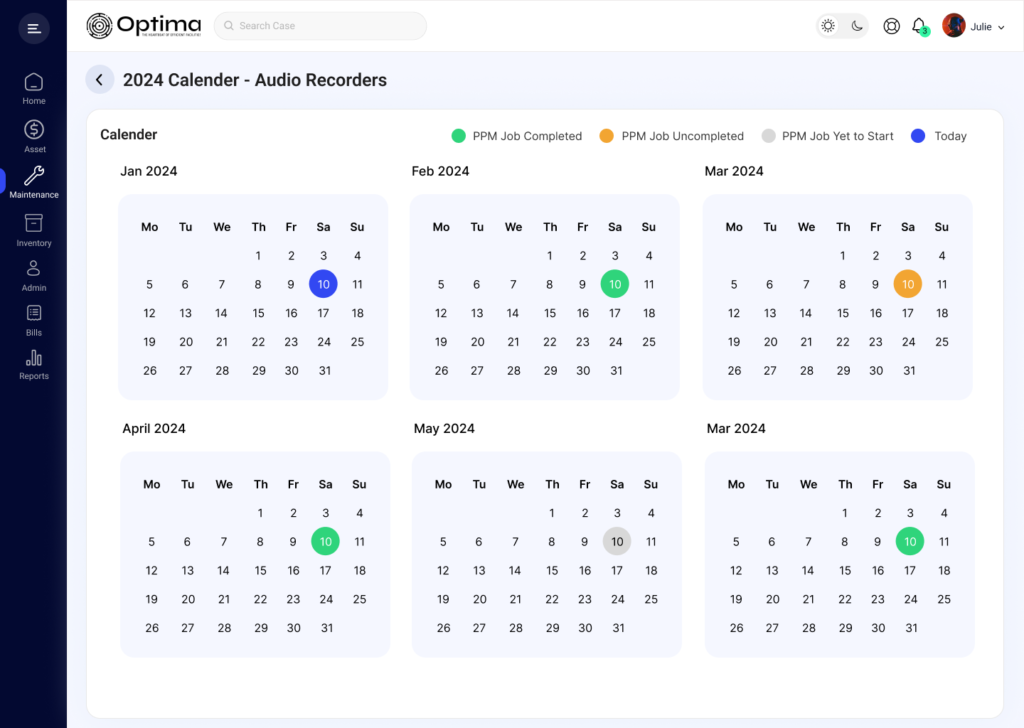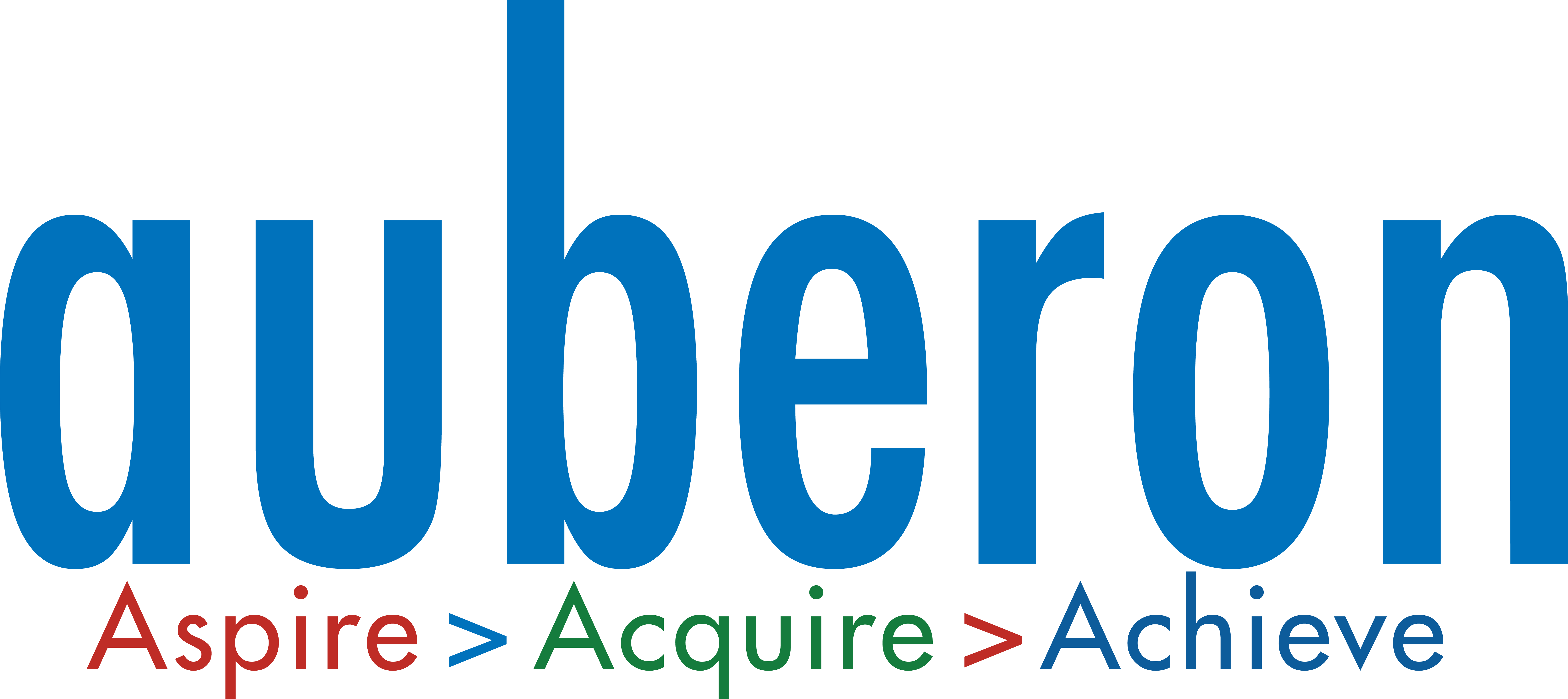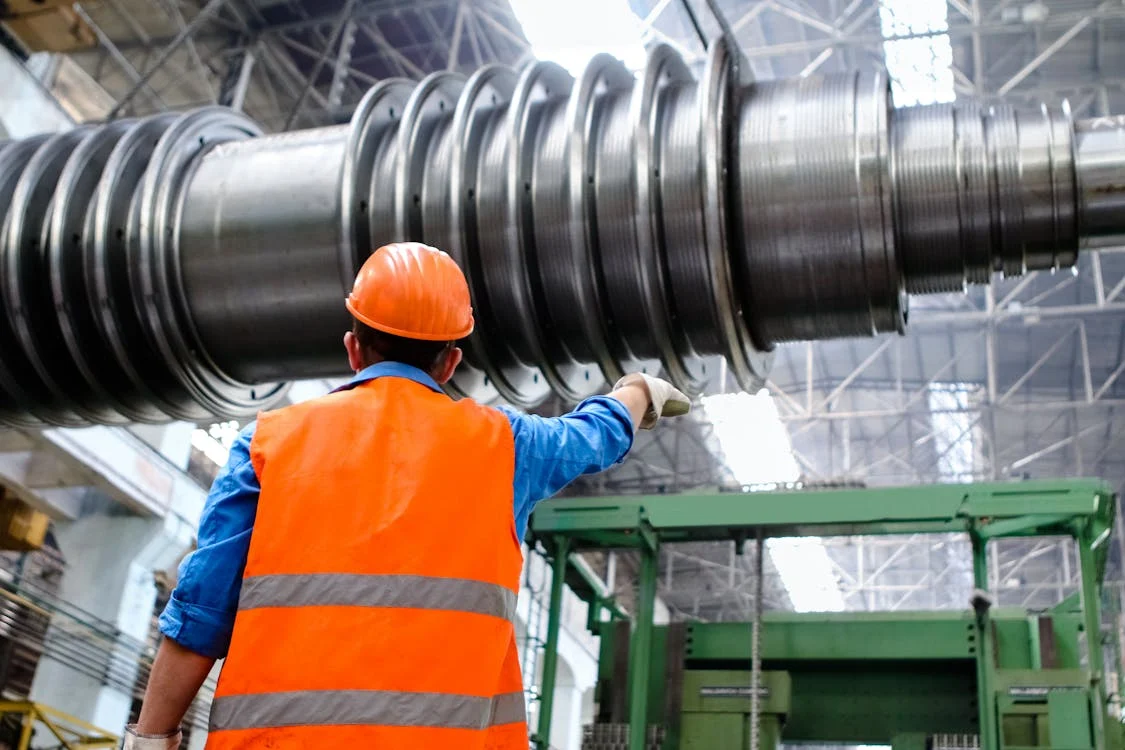Are you spending your day running around checking on machines, equipments and assets at your facility, what needs to be repaired and what is in an unstable condition. Totally understandable! Nowadays large assets at facilities are difficult to manage especially when it comes to tracking huge number of assets distributed here and there.
Maintaining assets and sustaining long asset lifespan is time consuming and require effort but it can get much easier once a proper Planned Preventive Maintenance PPM is implemented.
What is Planned Preventive Maintenance (PPM)?
Planned Preventive Maintenance (PPM) refers to the scheduled maintenance of equipment and facilities to prevent unexpected failures and prolong their lifespan. In other words, it is a reminder to maintain your equipments and assets every once in a while, to prevent any future failure or breakdown.
Unlike reactive maintenance, which occurs after equipment fails, PPM aims to preemptively address issues before they lead to significant downtime or costly repairs.
Why Planned Preventive Maintenance are so important?
Maximize Equipment Lifespan: Regular PPM helps extend the life of equipment by ensuring all parts function optimally.
Reduce Downtime: Preventing unexpected breakdowns means less interruption to daily operations.
Enhance Safety: Regular checks and maintenance help ensure that equipment is safe to use, minimizing the risk of accidents.
Cost Efficiency: Planned maintenance can reduce the need for expensive emergency repairs and replacements.
Compliance and Standards: Many industries have strict regulatory requirements that mandate regular maintenance to ensure compliance.
Make the best out of PPM, effective implementation and maximum outcome:
Implementing PPM effectively requires a strategic approach. Let’s follow these steps to ensure an optimal implementation:
-
Assessment and Planning:
To make sure you PPM are effective and a comprehensive assessment is required and proper planning should be in place:
- Conduct a thorough assessment of all equipment and facilities.
- Identify critical assets that require regular maintenance.
- Develop a comprehensive maintenance plan with a detailed schedule.
-
Utilize CAFM Systems:
Integrate a Computer-Aided Facility Management (CAFM) system to automate and streamline the maintenance schedule. It will make things easier as all maintenance activities and reports can be accessed and displayed on a one integrated platform. If you are not using a CAFM check out ours, it is amazing!

-
Training and Resources:
Ensure that maintenance staff are adequately trained on PPM procedures and the use of the CAFM system, and allocate sufficient resources for the maintenance activities.
-
Documentation and Monitoring:
Keep detailed records of all maintenance activities, inspections, and repairs.
Use the CAFM system to monitor the performance and effectiveness of the PPM plan.
-
Continuous Improvement:
Regularly review and update the maintenance plan based on performance data and evolving needs.
Types of Planned Preventive Maintenance:
Understanding the different types of PPM is crucial for selecting the most appropriate maintenance strategy for your facility. Each type has its unique approach and is suited to different operational needs and equipment characteristics.
-
Time-Based Maintenance (TBM):
Time-Based PPM involves performing maintenance activities at fixed, regular intervals, regardless of the equipment’s current condition. This could be daily, weekly, monthly, quarterly, or annually, depending on the equipment’s importance and usage.
This PPM is easy to implement, ensure consistent maintenance, but on the other hand some equipments might be undermaintained or over maintained depending. Therefore, this type of PPM is more suitable for Equipment with predictable wear and tear and facilities where regulatory compliance mandates regular checks.

-
Usage-Based PPM:
Usage-Based Maintenance is performed based on the actual usage of the equipment. Maintenance is triggered after a certain amount of operational hours, mileage, or production cycles.
While this type of PPM reduces unnecessary maintenance for infrequently used equipments, it also requires accurate tracking of usage metrics, which is also possible by integrating with IoT devices.
-
Predictive Maintenance (PdM):
Predictive Maintenance relies on real-time data and advanced analytics to predict when maintenance should be performed. Sensors and IoT devices monitor the condition of the equipment, and algorithms forecast potential failures.
PdM is one of the best methods to be followed as it minimizes downtime by addressing issues before they cause any failures. Mostly it is suitable for critical equipments where failures are not an option.
-
Condition-Based Maintenance (CBM):
Condition-Based Maintenance is performed when specific indicators show that equipment is deteriorating or needs servicing. This type of maintenance uses real-time data and diagnostic tests to determine the equipment’s health.
Choosing the Right PPM Strategy
Selecting the appropriate type of PPM depends on various factors, including the nature of the equipment, the operational environment, regulatory requirements, and budget constraints.
Here’s how to determine the best strategy for your needs:
- Assess Equipment Criticality: Identify which equipment is most critical to your operations and cannot afford unplanned downtime.
- Evaluate Usage Patterns: Determine if equipment usage is consistent or variable. Usage-based and condition-based strategies are ideal for variable usage patterns.
- Consider Technological Capabilities: Assess your facility’s capability to implement advanced technologies for predictive or condition-based maintenance.
- Budget Constraints: Consider the cost implications of each type of PPM and select one that provides the best balance between cost and operational efficiency.
- Regulatory Requirements: Ensure compliance with industry regulations which may dictate specific maintenance intervals or conditions.
Auberon Technology’s Expertise in PPM
Auberon Technology’s CAFM system supports all types of PPM, providing a flexible platform to manage maintenance activities effectively. Our expert team can help you assess your facility’s needs and implement the most suitable PPM strategy, ensuring optimal performance and longevity of your assets.
Want to know more about our comprehensive solution, let’s connect now!










